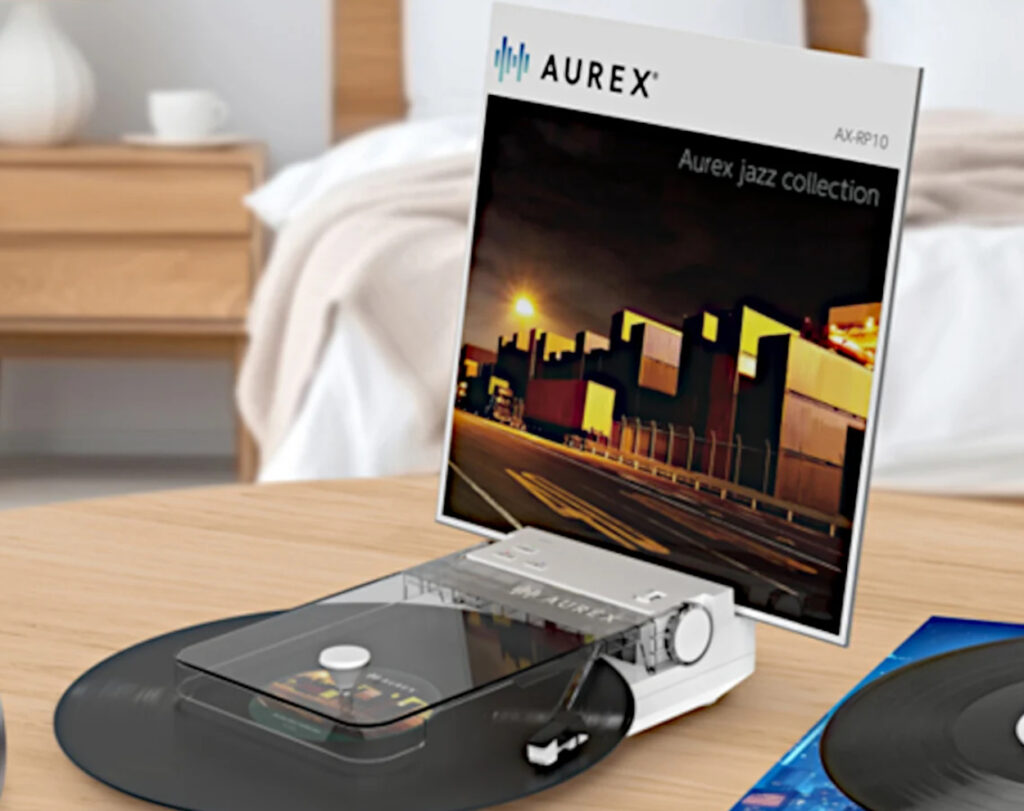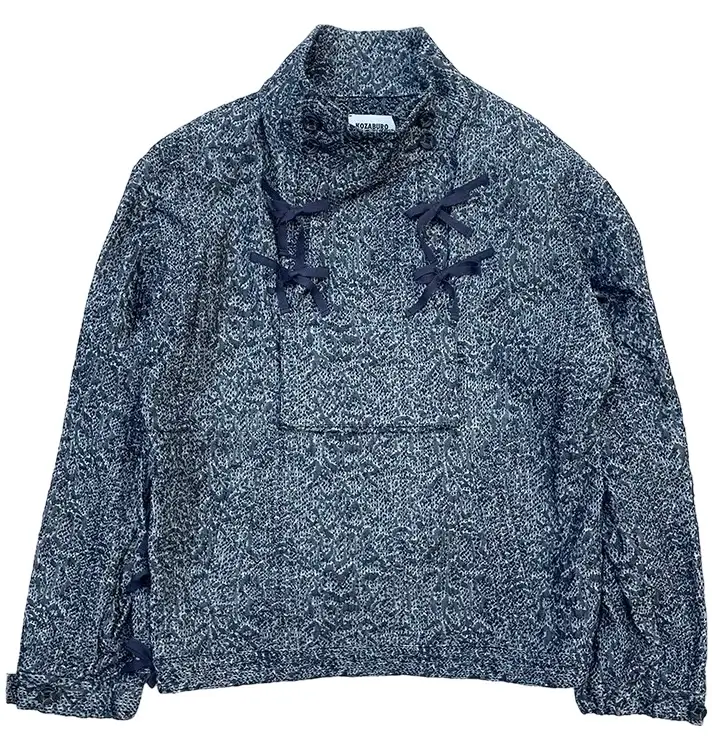The Revival of a Forgotten Ritual
Vinyl records have undergone a remarkable resurgence over the past decade, climbing out of dusty attics and secondhand shops to become modern icons of analog authenticity. From indie record shops to major retailers, LPs have become not just music formats, but lifestyle totems — symbols of slower living, intentional listening, and tactile intimacy in a world increasingly defined by invisible streams and digital silence.
In this revival, sound quality often takes center stage — warm analog tones, natural compression, and needle-to-groove fidelity. But a vital aspect of the vinyl experience has quietly faded into the background: the visual majesty of album artwork.
The towering square canvas of a 12-inch LP sleeve once functioned as a cultural artifact. It was as much a piece of art as the music it enclosed — iconic, controversial, expressive, and collectible. Today, however, that tradition has been largely diminished to thumbnails buried on streaming apps. Album artwork, once revered and revisited, is now treated as metadata.
That’s why the Toshiba Aurex AX-RP10 arrives not merely as another portable record player, but as a deeply considered cultural restoration project. This device doesn’t just play vinyl. It honors it — not just through sonic fidelity, but by restoring the centrality of the LP cover as part of the listening ritual. In doing so, it bridges generations and sensibilities, turning passive consumption into aesthetic ceremony.
Toshiba’s Heritage in Hi-Fi
To appreciate what makes the AX-RP10 special, it’s worth revisiting Toshiba’s history in audio. Under its Aurex sub-brand, Toshiba was a major player in the hi-fi boom of the 1970s and ’80s. The Aurex label was synonymous with minimalist design, Japanese precision, and audiophile-grade equipment — gear built not only to sound good but to last. While many electronics brands pivoted entirely to digital media, Toshiba’s heritage has always contained a thread of reverence for analog. The AX-RP10 is the latest expression of that ethos: not nostalgic in the kitschy sense, but purposeful in design, grounded in the belief that old formats still have lessons to teach new ears.
Design Philosophy: Where Art Meets Audio
The AX-RP10 stands out immediately due to one bold decision: it includes a built-in display panel specifically designed to showcase vinyl album covers. This simple, elegant feature transforms the record player into an interactive gallery. Instead of tucking your LP jacket off to the side or back into its sleeve, the AX-RP10 invites you to prop it up — front and center — as an integral part of the listening environment.
This feature feels obvious once encountered, yet revolutionary in practice. It re-centers the album art as a focal point, encouraging users to absorb the full emotional landscape of the music. After all, the best covers — whether it’s Dark Side of the Moon, Bitches Brew, or Blonde — aren’t just decoration. They are visual companions to sonic storytelling. Toshiba recognizes this — and bakes it into the product’s DNA.
Ergonomically, the AX-RP10 is compact and minimal, made for modern homes without compromising its analog heart. The tonearm glides with quiet confidence, and the control panel is free of unnecessary fuss. The built-in speakers are competent for casual listening, but an auxiliary output ensures audiophiles can still route through a more expansive setup. The jacket holder, however, is what makes the difference. It’s magnetic. It’s reverent. And it’s brilliant.
The Art of the Cover: A Visual Language
Album art has always been more than marketing. It is a language of mood and identity. The swirling psychedelia of 1970s rock covers, the stark minimalism of 1980s post-punk sleeves, the surreal collages of hip-hop mixtapes — each genre tells visual stories that enhance how we hear.
Consider the iconography of The Velvet Underground & Nico’s banana cover designed by Andy Warhol. Or the kinetic geometry of Joy Division’s Unknown Pleasures. Or the soft, candid elegance of Fleetwood Mac’s Rumours. These images aren’t accidental; they shape perception. They set the emotional tone before the needle even drops.
By giving these images the spotlight they deserve, Toshiba’s AX-RP10 doesn’t just play music — it curates it. It transforms each session into a micro-exhibition. In a time when so much content is consumed through screens, the opportunity to physically interact with music — and its visual world — is increasingly precious.
A Statement Against Shrinkage
The digital age has shrunk everything. Screens are small. File sizes are compressed. Artworks are cropped. Music has been dematerialized — convenient, yes, but also untethered from its visual and cultural anchors. In an age of playlists and mood boards, the album — as a unified aesthetic and emotional gesture — is harder to experience fully.
The AX-RP10 is a rejection of that shrinkage. It says: slow down. Sit with the cover. Read the liner notes. Stare at the artwork while you listen. Engage all your senses. Restore the ritual. And in doing so, it reclaims music as something closer to cinema — not just a soundtrack but an immersive, authored experience.
A Tool for Education and Collection
Beyond aesthetics, the AX-RP10 serves a practical function for the new wave of record collectors. Vinyl sales are at a 30-year high, with Gen Z leading the charge. These aren’t just hipster affectations — young people are hungry for physical media that they can own, trade, and showcase. The AX-RP10 aligns beautifully with that desire. It’s compact enough for dorm rooms or apartments, yet elevated enough to satisfy design-savvy users.
Educators and parents, too, are beginning to rediscover vinyl as a tool for cultural transmission. The ability to display the cover while playing the music adds a storytelling component — helping younger generations connect album visuals with themes, lyrics, and historical context. It becomes a teaching tool disguised as a lifestyle object.
The Tactile Reawakening
There is something inherently democratic and grounding about vinyl. You must interact with it. You touch it. You place it. You flip it. And now, thanks to Toshiba, you display it. This tactility creates memory. In contrast to the numbing infinite scroll of Spotify or Apple Music, a record offers boundaries. You commit to a side. You commit to a mood.
The AX-RP10 elevates this engagement by restoring the aesthetic contract between artist and listener. The cover art, held in the magnetic frame, becomes a silent participant in the room — reinforcing lyrics, mood, and meaning. It is one of the few audio products in recent memory that doesn’t just celebrate how vinyl sounds, but what it looks like, what it feels like to engage with holistically.
Analog Is an Experience, Not Just a Format
With the AX-RP10, Toshiba doesn’t just sell you a turntable. It sells you a return to meaningful music culture. In a sea of Bluetooth speakers and algorithmic playlists, this product carves out a sacred little island — where music is again a thing, where covers matter, and where the act of listening becomes active.
For casual listeners, it’s a charming, well-designed way to enjoy records. For collectors, it’s a dream desktop setup. But for cultural thinkers and analog devotees, it’s a deeper symbol: a technological device that dares to remind us of music’s visual soul.
In a time where attention is fragmented and media is intangible, the AX-RP10 insists: look again. Let the needle drop. Let the image linger. Let the music — and its cover — speak.
No comments yet.








